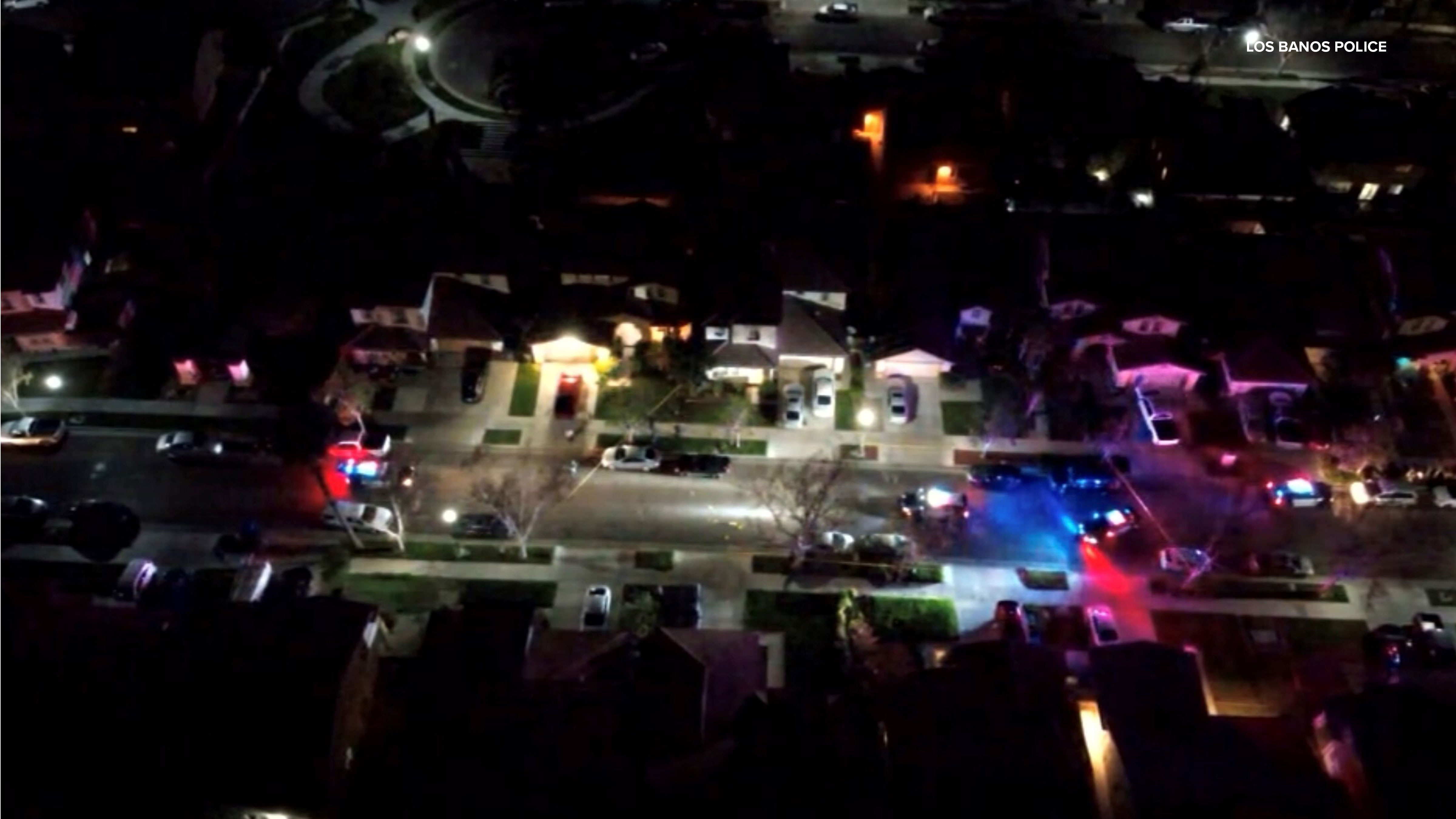Drought puts spotlight on 'toilet to tap' recycling

FRESNO, Calif. (KFSN) -- Our search for real solutions to the drought brought us to Southern California. Orange County has just expanded its ability to treat wastewater and eventually mix it back in with the drinking water supply. But it is a process some might not find palatable.
Orange County Sanitation District General manager Jim Herberg said, "I think 'toilet to tap' is not the best description of what we do here. There's a lot more to it than that."
The term "toilet to tap" doesn't quench anyone's thirst.
Falon Kartsch said, "It sounds kind of gross or troublesome."
But some farmers dealing with four years of drought saw no problems with it.
Del Rey farmer David "Mas" Masumoto said, "None whatsover so long as it passes all health requirements of course."
Fountain Valley has drawn global attention for its water purification system.
Orange County Water District General manager Mike Markus said of the advanced treatment process, "This is the way of the future." He added, "The one thing we'll get out of the drought I think is heightened awareness, a chance for us in the water industry to really educate people as to where our water comes from."
Once the solids were removed at the sanitation facility brown murky water remained, Orange County households are full of it - raw sewage that is. Each day 2.5 million people generate 200 million gallons of wastewater.
Herberg said, "That's enough water to fill Anaheim Stadium, our baseball stadium. Angels Stadium three times in a day."
Beach-goers might not realize it but 1.3 billion gallons of treated wastewater gets discharged into the ocean annually in Southern California.
Markus said, "Instead of considering wastewater a waste we consider it a resource."
A third of Orange County's drinking water comes from this facility. First, that formerly brown, treated "secondary" water must be piped in.
Markus said it goes, "To the microfiltration which is the first step in the treatment process."
36 separate cells are used in microfiltration. Water filtered through tiny straws with holes.
Markus explained, "The microfiltration will remove any bacteria, protozoa or suspended solids that are in the water."
But just 10% of the wastewater comes from the toilet. Suds flow from the sink, shower and washing machines. Reverse osmosis was the second step. Large white pipes gave the room a futuristic feel.
Markus called reverse osmosis the workhorse of the treatment process. "So what this does is very effectively removes any viruses, dissolved minerals or pharmaceuticals."
Contaminants were apparent in a sink full of dark water. The process involved continuous monitoring for 400 compounds.
Markus said, "Really about the only thing that gets through are some really small organic compounds and those are removed though the final step."
Inside the control room workers check each step on screens. The UV treatment is the final step. The blast of ultraviolet light and hydrogen peroxide kills any leftover contaminants.
The groundwater replenishment system can produce 100 million gallons of clean water each day. Over the course of a year that's enough water to serve 850,000 residents in Orange County. Experts said the treated sparkling water exceeds state and federal standards.
Fresno State Engineering professor Bill Wright said, "The quality of that water is better than a lot of tap water that's served around California."
Wright has tried treated wastewater but the thought of sipping on recycled sewage can be a tough sell.
A definite "yuck factor" is involved. We asked Fresno State freshman Jacqueline Gutierrez if that bothered her. She answered, "A little yes but like we're in a drought . We need it back so whatever works."
The treatment process took just 45 minutes. But the purified water then filtered into an aquifer where it's stored for six months before it can be mixed in water flowing from the tap.
Markus said, "This water's actually the highest quality water that we have in the region."
Nothing left to do but take a sip of water which has been thoroughly demineralized. It tasted like regular water but was very bland.
Markus said the process is cheaper than desalinating seawater. "We've taken basically wastewater and turned it into distilled water."
Herberg added, "It actually makes a dent in the water picture of the state but also shows the way."
Some state lawmakers see this process as key to developing a reliable water source. It would also keep more of a valuable resource from being flushed into the ocean.











